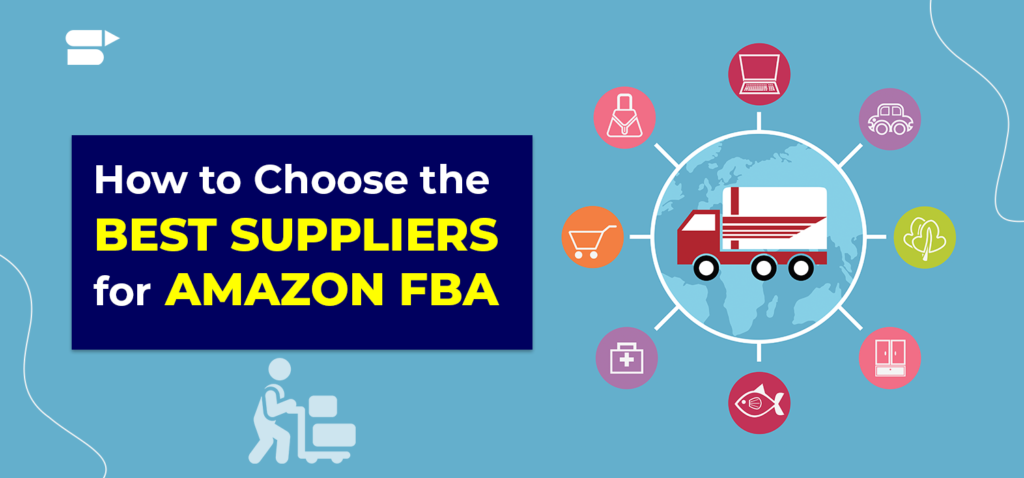
Introduction
In the dynamic world of e-commerce, Amazon FBA (Fulfillment by Amazon) continues to be a lucrative avenue for entrepreneurs and businesses. As we navigate through 2025, the landscape has evolved, presenting both challenges and opportunities for wholesale sellers. This guide aims to provide actionable insights into mastering Amazon FBA through smart bulk deals, ensuring sustained profitability and growth.
1. Understanding the Current Amazon Wholesale Landscape
The wholesale model on Amazon involves purchasing products in bulk from manufacturers or distributors and selling them on Amazon’s platform. This approach offers several advantages:
- Lower Per-Unit Costs: Buying in bulk often results in significant discounts, increasing profit margins.
- Established Product Demand: Selling known brands reduces the risk associated with launching new products.
- Simplified Operations: With FBA, Amazon handles storage, shipping, and customer service.
However, recent developments, such as increased tariffs on Chinese imports, have impacted sourcing strategies. Sellers are now exploring alternative suppliers and regions to maintain profitability.
2. Smart Sourcing Strategies for 2025
a. Diversify Supplier Base
Relying solely on suppliers from a single region can be risky. Diversify your supplier base by exploring manufacturers in countries like Vietnam, India, and Mexico. This approach mitigates risks associated with regional disruptions and tariffs.
b. Leverage Technology for Supplier Verification
Utilize platforms like Alibaba, Global Sources, and ThomasNet to find and verify reputable suppliers. Look for suppliers with positive reviews, verified certifications, and a history of exporting to your target market.
c. Negotiate Favorable Terms
Establishing strong relationships with suppliers can lead to better terms, such as extended payment periods, volume discounts, and exclusive deals. Regular communication and demonstrating consistent order volumes can strengthen these relationships.
3. Product Selection: Identifying Profitable Opportunities
a. Analyze Market Demand
Use tools like Jungle Scout, Helium 10, and Keepa to assess product demand, competition levels, and pricing trends. Focus on products with steady demand and manageable competition.
b. Consider Product Size and Weight
Lighter and smaller products often incur lower FBA fees, leading to higher profit margins. Evaluate the dimensions and weight of potential products to optimize logistics costs.
c. Monitor Seasonal Trends
Plan inventory around seasonal demand spikes. For instance, fitness equipment may see increased sales in January, while outdoor gear may peak in summer. Aligning inventory with these trends can maximize sales.
4. Bulk Purchasing: Maximizing Profit Margins
a. Calculate Break-Even Points
Before committing to large orders, calculate the break-even point considering all costs, including product cost, shipping, FBA fees, and Amazon’s referral fees. Ensure that the expected sales volume justifies the investment.
b. Utilize Freight Forwarders
Partnering with reliable freight forwarders can streamline the shipping process, reduce costs, and ensure timely deliveries. They can also assist with customs clearance and compliance with import regulations.
c. Monitor Inventory Turnover
Efficient inventory management ensures that capital isn’t tied up in unsold stock. Aim for a healthy turnover rate to maintain cash flow and reduce storage fees.
5. Winning the Buy Box: Enhancing Visibility and Sales
The Buy Box is the coveted spot on a product page that allows customers to add items to their cart directly. Securing this position can significantly boost sales.
a. Competitive Pricing
Maintain competitive pricing without compromising profit margins. Regularly monitor competitor prices and adjust accordingly.
b. Maintain High Seller Metrics
Amazon considers seller performance metrics, such as order defect rate, cancellation rate, and late shipment rate, when awarding the Buy Box. Strive for excellence in these areas.
c. Ensure Product Availability
Consistently keep products in stock. Stockouts can lead to loss of the Buy Box and potential sales.
6. Navigating Tariffs and Trade Challenges
Recent tariff increases, particularly on Chinese imports, have impacted sourcing and pricing strategies. Sellers are adapting by:
- Shifting Production: Moving manufacturing to countries with favorable trade agreements.
- Adjusting Pricing: Reflecting increased costs in product pricing while balancing competitiveness.
- Exploring Duty-Free Zones: Utilizing bonded warehouses or foreign-trade zones to defer or reduce duties.
7. Scaling Your Amazon Wholesale Business
a. Automate Operations
Implement tools for inventory management, repricing, and order processing to streamline operations and reduce manual workload.
b. Expand Product Lines
Gradually introduce new products within your niche to diversify offerings and increase revenue streams.
c. Invest in Branding
While wholesale typically involves reselling existing brands, consider creating bundled offers or exclusive deals to differentiate your listings.
Conclusion
Dominating Amazon FBA in 2025 requires a strategic approach to sourcing, purchasing, and selling. By implementing smart bulk deals, diversifying supplier bases, and adapting to market changes, sellers can position themselves for sustained success. Stay informed, remain adaptable, and leverage available tools and resources to thrive in the competitive Amazon marketplace.
